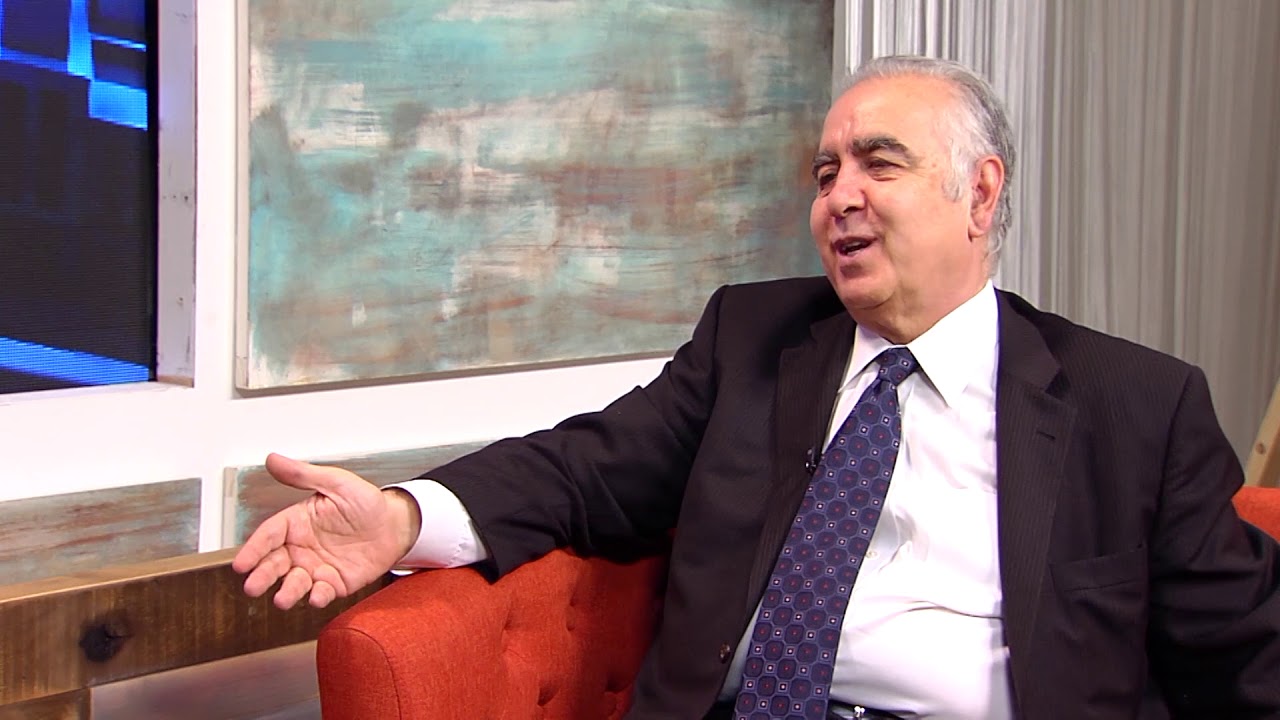When Sen. Lindsey Graham (Republican-South Carolina) blocked the Senate vote on the Armenian Genocide Resolution on November 13, 2019, there was widespread speculation as to what motivated him to do so. The reasons ranged from his meeting with Turkish President Recep Tayyip Erdogan in the White House shortly before his vote, to his flip-flopping on several other issues, and to succumbing to Pres. Trump’s pro-Turkish policies.
Another good reason to explain Sen. Graham’s vote against the Armenian Genocide Resolution is the money he had received from Turkish-Americans for his political campaigns.
Ian J. Lynch wrote an article in the Ahwalnews.com website documenting the Turkish donations to Sen. Graham’s campaigns. These amounts are in addition to the millions of dollars that the Turkish government pays to American lobbying firms in Washington, D.C., to undermine the adoption of the Armenian Genocide Resolution in Congress. On October 11, 2019, Akin Gump Strauss Hauer & Feld, was added to the long list of American companies lobbying for Turkey. Interestingly, this lobbying firm was hired by TransAtlantic Petroleum, a Texas company with oil and gas interests in Turkey. Akin Gump is supposed to lobby to block the implementation of sanctions against Turkey, a bill that was overwhelmingly adopted by the House of Representatives on October 29, 2019.
Lynch reported that the Armenian government spent no money on lobbying in the United States and the Armenian-American organizations in Washington, D.C. spent very little on lobbying compared to the millions of dollars spent by the Turkish government. “According to the most recent IRS returns, the AAA [Armenian Assembly of America] raised nearly $2 million in 2017, however, as a 501(c)(3) non-profit group it is not permitted to spend a substantial amount of its budget on lobbying. According to disclosures required by the Lobbying Disclosure Act (LDA), the AAA spent $95,000 on lobbying activities in 2018 and $80,000 so far in 2019. The ANCA [Armenian National Committee of America] is registered as a 501(c)(4) non-profit, meaning it can spend the majority of its budget on lobbying. Its total revenue in 2017 was nearly $850,000, but the organization only spent $120,000 on lobbying in each of the past two years, according to LDA disclosures.”
After the US House of Representatives adopted the Armenian Genocide Resolution on October 29, 2019, the Turkish American National Steering Committee (TASC) went into action to stop the passage of the counterpart of the House bill in the Senate.
According to Lynch, “TASC’s leadership and their associates have direct connections to Erdogan’s inner circle and a recent history of making individual political contributions to Graham…. TASC’s co-chairman, Dr. Halil Mutlu, is a cousin of Erdogan. He and his wife donated a total of $10,800 to Team Graham Inc., the senator’s re-election campaign for Senate in 2020, on Aug. 8, 2016. Their individual contributions of $5,400 each are the maximum an individual can give to a political campaign in the U.S. per election cycle. Mutlu’s employer, Baystate Medical Center in Massachusetts, is one of Team Graham’s biggest sources of donations. In the current election cycle, the hospital’s employees have contributed $21,600 to the senator’s 2020 campaign.”
The employees of another Turkish-linked company, Nimeks Organics, are among the top donors to Sen. Graham’s campaign, providing a total of $16,200 in individual donations during this election cycle. “Nimeks is a product line of Natural Foods Group based in Pennsylvania, which imports food products from Turkey. The company’s CEO, Murat Guzel, is also the treasurer of TASC,” according to Lynch.
In addition, the Guzel family donated a total of $8,100 to Graham’s presidential campaign on June 28, 2016, “despite the fact that Graham had dropped out of that race the previous December. The donation came shortly after the coup attempt in Turkey,” Lynch reported. “Just weeks later, Guzel and his family donated a further $10,800 to Team Graham, one day before the Mutlu family donated the same sum on Aug. 8. Neither the Mutlus nor Guzels are constituents of Graham, who represents South Carolina.”
Strangely, Guzel was donating to a Republican Senator at a time when “he was the chair of the Democratic National Committee’s Heritage Council and contributed nearly $300,000 to democratic committees supporting Hilary Clinton’s presidential campaign,” according to Lynch. Guzel must have had a strong reason for heading one political party’s committee while donating to its opponent.
Guzel maintained close contact with Berat Albayrak, Pres. Erdogan’s son-in-law and Treasury and Finance Minister, Bilal Erdogan, the president’s son, and Ibrahim Kalin, the President’s spokesman. From time to time, Guzel “asks Turkish officials for help coordinating his political activities,” which was made public after Albayrak’s emails were hacked, according to Lynch.
It is not surprising that the FBI investigated TASC officials. “In a Sept. 8, 2016 email, Ibrahim Uyar, a co-founder of TASC, told Albayrak that the FBI questioned him about whether TASC and other Turkish organizations were involved in efforts to intervene in American politics on the Turkish government’s behalf. Uyar also indicated several others were questioned including Guzel and Halil Danısmaz, the founding president of the Turkish Heritage Organization (THO).” In emails to Albayrak years earlier, Danısmaz once proposed a “camouflaged” lobbying campaign to overcome “funding regulations and tax barriers that limit lobbying activities in the U.S.” When the emails were released, Danısmaz resigned from THO, Lynch reported.
The Turkish Coalition Northeast PAC also contributed to Sen. Graham’s campaign. In April of this year, it gave its maximum allowable donation of $5,000 to Team Graham, “its largest gift to a candidate committee in the current election cycle,” Lynch revealed.
After Sen. Graham made supportive remarks about Turkey at a conference in Munich, Team Graham received a $1,000 donation from the US lobbying firm Greenberg Traurig, LLP, which is hired by Turkey.
Sen. Graham met with Greenberg Traurig lobbyists on January 10, 2019, a week before he visited Turkey to meet with Pres. Erdogan. While in Turkey, Erdogan invited Sen. Graham to attend a concert with him, which Graham described as “one of the best experiences” of his life.
Lynch concluded his report by asserting: “What is clear is that the close-knit network of Turkish organizations and political action committees in the United States with ties to the Erdogan family think Graham is worthy of the investment of their time and political contributions.”
We do not know the result of the 2016 FBI investigation of TASC and other Turkish American organizations, however, there seems to be sufficient ground to look into their possible violation of the Foreign Agent Registration Act, as unregistered lobbyists for a foreign government!
|
|


